
Happy Money
The Japanese Art of Making Peace with Your Money
ISBN: 9781501188374
Pages: 240
Recommendation
Ken Honda, Japan’s “Happy Little Millionaire” – who enjoys a reputation for doing for money what best-selling author Marie Kondo did for tidy housekeeping – tells you how to make more money, and embrace it with joy. “Happy money“ leads to contentment and joy, but “Unhappy money” causes fear, pride or resentment. Most people believe you can’t have enough money, Honda says, but his advice is that money is flowing everywhere if you are open to it. Honda’s abundance philosophy is pretty optimistic; whether it is businesslike or not may depend on how you use it.
Summary
About the Author
Tokyo money-management guru Ken Honda’s self-development books have sold seven million copies in Japan since 2001. For more information, see kenhonda.com.








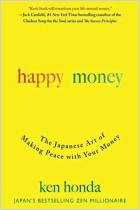
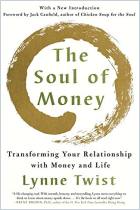
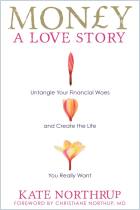
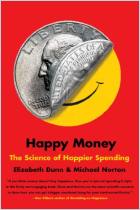
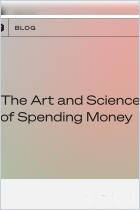




Comment on this summary or Diskussion beginnen